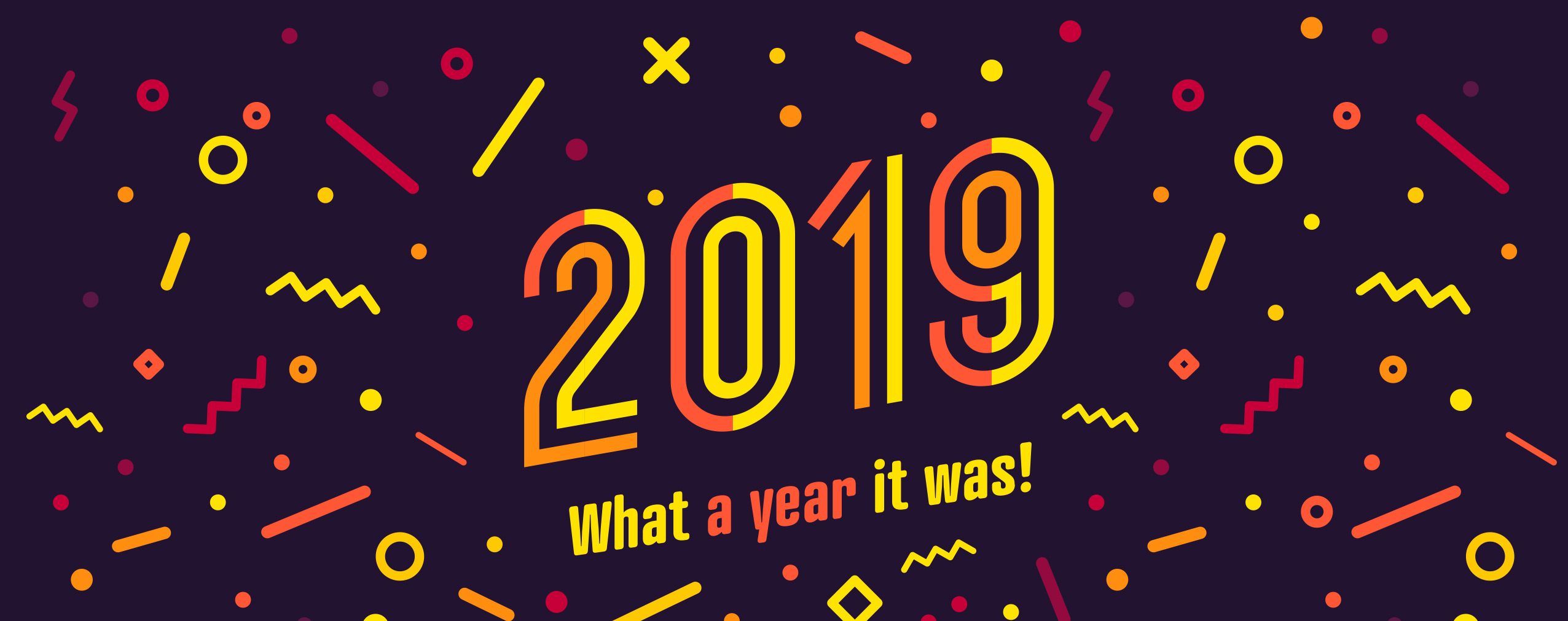If you’re looking to make a tutorial webinar, you’re aiming to help people learn how to do something step by step. Webinars are especially helpful modes of conveying information because they come with a number of benefits, one of which being their ability to reach thousands or even millions of people at a time.
Due to the convenience of webinars, instructors and participants are able to exchange information, comments, and ideas in mere seconds, making this one of the easiest forms of communication out there. However, it is important to remember that, just because the mode is easy, does not mean that the way you present your information will be.
Tutorials are meant to simplify tasks by breaking them down and clearly explaining each phase in detail. If you feel your tutorial webinar could be a little clearer but aren’t sure how to do it, check out these tips.
Making Your Tutorial Webinar Easier to Understand
There are some simple steps you can take to make your webinar easier to understand without changing too much of your presentation. You’ll still want to keep the webinar the same aesthetically, and these tips will help you streamline your information without losing any of your style and personality. To make your tutorial webinar better, try making these changes:
1. Convey Information in Sequences: This may seem obvious, but some webinars tend to have their information jumbled around and distributed without a plan. This can cause serious confusion amongst your audience, making it difficult to follow and understand what you’re trying to teach. This commonly happens when you have a lot of information and only a set amount of time to relay it. The best way to get all your information in a set sequence is to categorize each topic and include all related or similar details in each section. If this is done, you’ll be able to find the best sequence for your tutorial, making it easier to create a linear presentation that’s simple to understand and follow.
2. Always Use Visual Aids: When giving a presentation, researchers say that whether you’re speaking to a gifted audience or not, about 65% of audience members are sure to be visual learners. When it comes to tutorial webinars, you’re at a serious advantage for visuals of all kinds. Videos, infographics, memes, charts, and regular pictures can all be accessed quickly or imbedded directly into your presentation. Visual aids help to get your point across without the need for chunks of text or lengthy explanations. They’re incredibly helpful and fun too—giving your webinar some flair that will keep the audience engaged and interested.
3. Add in Frequently Asked Questions: Even though webinars make it easy for your audience to ask questions directly, they may not always speak up. Prompt them with some frequently asked questions at the end of each section so that you and your participants can have a mini review after each essential step. This will help straighten out any confusing steps or directions and allow your audience to catch up if they’ve fallen behind. In addition to frequently asked questions, allow a miscellaneous question that the audience can fill in on their own. This will offer you tips and questions for your next webinar so you can keep improving as you go along.
4. Use Keywords: For your tutorial webinar, you’ll want to use a few keywords to keep things on track and bring your audience back to a point of focus. You can create your buzzwords depending upon your webinar’s topic. This will also help with searches and advertisement of your webinar, allowing your audience to find it quickly before, during, and after it has aired. Use these during the webinar too as talking points to re-center the presentation in the event of a tangent, introduce the next section, or even to help your webinar trend on social media through a keyword hashtag. As you create more tutorial webinars, you can create new buzzwords to go with them. People tend to respond more to a common unifier, so put these keywords to good use!
5. Simplify Your Language: When creating a presentation, it can be easy to use lofty, clever language. While it is plausible that a good percentage of your audience will have no problem following along with a tutorial webinar, there will still be a sizeable amount of the audience that will get lost. As a rule, keep the language you use in a tutorial webinar at an eighth or ninth grade reading level so it is easy to understand and follow. Depending upon what your tutorial is, clear language is imperative. For example, if a potentially dangerous tutorial (such as “how to check for asbestos” or “how to install new lights in your home”) is difficult to understand, your audience can possibly harm themselves. With simple sentences your points can still be made, but in words everyone can understand.
6. Be Personable: Have you ever had a dull teacher? Did you listen when they gave long lectures? Probably not, which most likely meant you missed some important information every now again. Even if your audience has paid to watch your tutorial webinar, it does not guarantee their attention will be held if your presentation style is lacking some interest and personality. One of the best parts of webinars is that you get to connect with your audience the same way you would if they were in the same room with you, which means you can speak with your audience in conversational tones and allow your personality to come forward. Be yourself and engage with your audience—establish a connection that allows them to bond with you. This will make them more likely to listen to and fully absorb your message, making your tutorial webinar highly effective.
Your tutorial webinar is a great chance to educate customers, students, or followers on something you care about and want to share. To ensure that it’s as effective as it can be, employ these tips.









